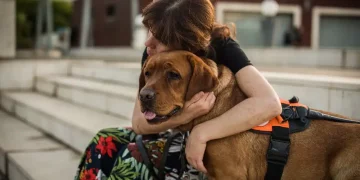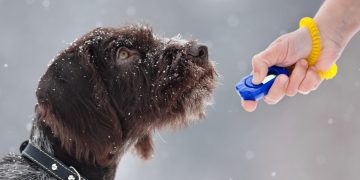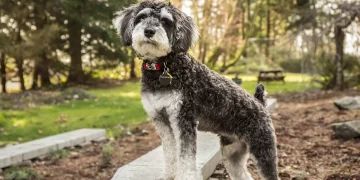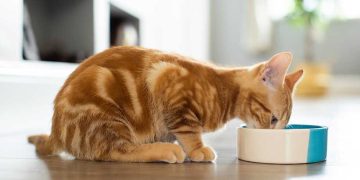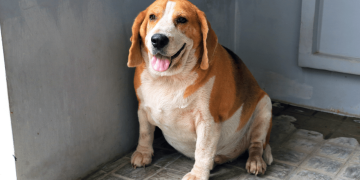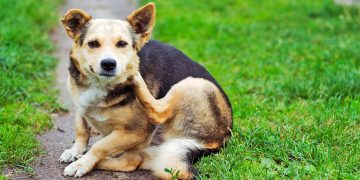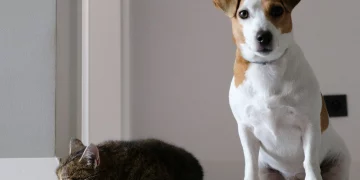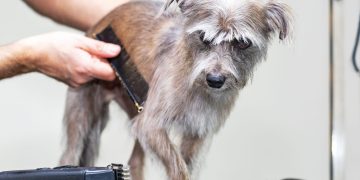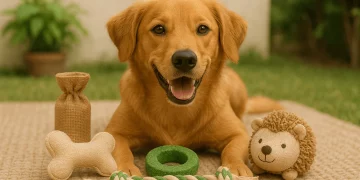House training your pet is one of the first and most essential tasks you’ll encounter as a pet owner. Whether you’ve just brought home a new puppy or kitten, adopted an adult pet, or are dealing with a pet who’s having trouble with their potty habits, effective house training is key to creating a happy, stress-free environment for both you and your pet. Proper training not only prevents accidents inside the house, but it also fosters a sense of safety and security for your pet, helping them to feel comfortable and confident in their new home.
In this article, we will dive deep into the best house training tips for puppies, kittens, and adult pets, explore the tools and methods you can use to ensure success, and provide solutions to some of the most common house training problems that pet owners face. Whether you are a first-time pet parent or someone who’s been through the process before, this guide will help you navigate house training with ease and patience.
House Training Tips for Puppies, Kittens, and Adult Pets
The approach to house training may differ slightly depending on your pet’s age and prior experience, but the principles are the same: consistency, positive reinforcement, and patience. Let’s break down the process for puppies, kittens, and adult pets.
1. House Training Puppies
Puppies are a blank slate when it comes to house training, so with the right approach, it’s entirely possible to get them potty trained quickly. However, it requires commitment and consistency. Puppies generally need to be trained as soon as they enter your home, so be prepared for a bit of work in the first few weeks.
- Start Early: The earlier you begin house training, the better. Puppies as young as 8 weeks old can start learning where they should and shouldn’t go. Begin by taking your puppy outside frequently—after meals, naps, and play sessions. At least every 1-2 hours is ideal during the early stages.
- Create a Routine: Consistency is key. Set up a regular schedule for feeding, potty breaks, and playtime. Puppies thrive on routine, so having set times for each activity will help them understand when it’s time to go outside.
- Use a Crate: Crate training is one of the most effective methods for house training puppies. When used correctly, a crate can help prevent accidents inside the house. Puppies typically won’t soil their sleeping area, so crate training encourages them to hold it until they’re let outside. However, it’s important not to leave your puppy in the crate for too long—around 3-4 hours for young puppies, gradually increasing as they get older.
- Positive Reinforcement: Reward your puppy every time they go potty outside. Positive reinforcement helps them associate going outside with something pleasant, like treats, praise, or a play session. Never punish your puppy for accidents—they don’t understand the connection between punishment and their actions.
- Supervise and Manage: Keep an eye on your puppy when they’re indoors. If you can’t watch them, consider confining them to a smaller area where they’re less likely to make a mess. Use baby gates or pens to limit their access to the rest of the house until they have a stronger understanding of where they’re supposed to go.
2. House Training Kittens
Kittens are generally easier to house train than puppies, as they have a natural instinct to use a litter box. However, just like puppies, they still require guidance and consistency to establish good habits.
- Provide the Right Litter Box: Choose a litter box that is appropriate for your kitten’s size. It should be easy for them to get in and out of, and it should be placed in a quiet, accessible location. Avoid placing the box near food or water bowls, as cats typically prefer to keep these areas separate.
- Show Them the Litter Box: When you first bring your kitten home, immediately introduce them to the litter box. Place them inside the box and let them explore. Kittens often naturally know to use it, but they may need a little encouragement. Make sure to keep the box clean, as kittens are more likely to use it if it’s tidy.
- Keep It Clean: Clean the litter box daily to prevent odors and ensure your kitten is more likely to use it. Most cats will stop using a box if it becomes too dirty, so it’s essential to maintain it regularly.
- Positive Reinforcement: Just like with puppies, reward your kitten when they use the litter box. Praise them verbally or offer a small treat. This will help them associate the litter box with something positive.
- Watch for Problems: If your kitten is not using the litter box, it could be due to several reasons, such as stress, a dirty litter box, or a health issue. Take note of any signs of distress, such as urinating outside the box, and consult your vet if necessary.
3. House Training Adult Pets
Adult pets may have already been house trained, but they may need some time to adjust to a new home or environment. In some cases, adult pets may have had little to no prior house training, or they may have developed bad habits. Regardless of the situation, adult pets require patience and consistency.
- Establish a Routine: Just like with puppies, adult pets benefit from a regular feeding and potty schedule. Take your adult pet outside or to the litter box regularly—especially after meals, play, or naps.
- Use Crates or Confinement Areas: If your adult pet isn’t house trained, use crates or confined spaces to prevent accidents when you’re not able to supervise them. This helps them learn to control their bladder and prevents them from soiling the house.
- Positive Reinforcement: Praise your adult pet whenever they go potty in the right place. Treats, affection, and verbal praise will help them learn that they’re doing the right thing.
- Gradual Adjustment: If your adult pet has a history of accidents, be patient and allow them time to adjust to their new environment or routine. Don’t punish them for accidents; instead, focus on reinforcing positive behavior when they do things right.
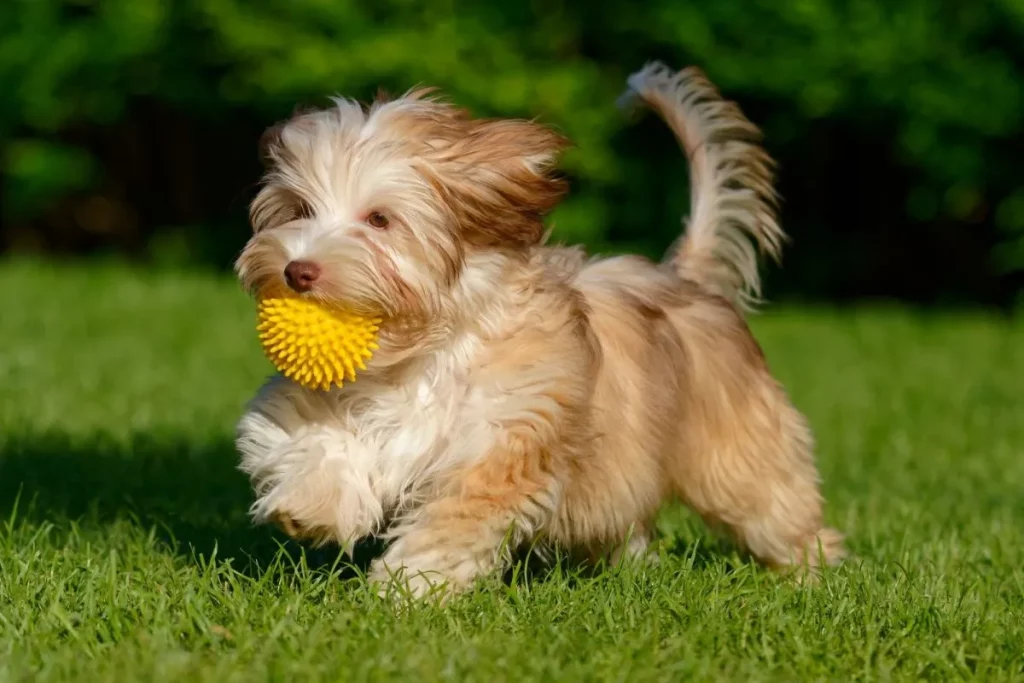
Tools and Methods for Successful Potty Training
While each pet is different, there are some tools and methods that can make house training more successful and efficient. Let’s take a look at a few of the most common tools and strategies that pet owners find effective.
1. Crates and Playpens
Crates and playpens can be extremely useful for house training, especially for puppies and adult dogs. As mentioned earlier, pets typically won’t soil their sleeping area, so using a crate can encourage them to hold it until they are let outside. Playpens or pens are also useful for limiting a pet’s access to the house when you can’t supervise them.
2. Litter Boxes for Cats
Litter boxes are essential for house training kittens and adult cats. The key is ensuring the litter box is kept clean and placed in an appropriate location. Experiment with different types of litter to find one that your cat prefers, as this can make a big difference in how successfully they use it.
3. Training Pads for Puppies and Small Dogs
For puppies and small dogs, training pads can be an alternative when outdoor potty training isn’t feasible (such as in apartments or during bad weather). Training pads mimic the feel of grass and give your pet a designated spot to relieve themselves indoors.
4. Deterrent Sprays
If your pet is having trouble understanding where they can or can’t go, deterrent sprays can help. These sprays have scents that discourage pets from urinating in certain areas. They’re useful for keeping pets from soiling furniture or other areas in your home.
5. Portable Pet Fences
For larger dogs or more active pets, a portable pet fence or playpen can help contain them in a specific area when you’re not home or can’t supervise them. This limits their access to areas where accidents are more likely to happen and helps them associate specific spaces with potty time.
How to Troubleshoot Common House Training Problems
Despite your best efforts, some common house training issues may arise. Below are some of the most frequent challenges pet owners face, along with solutions for handling them.
1. Accidents Inside the House
If your pet has accidents inside the house, it’s important not to punish them. Pets don’t connect punishment to past actions, and this can cause anxiety or fear. Instead, clean up the mess thoroughly to remove any lingering smells, and be sure to take your pet outside or to the litter box more frequently.
2. Separation Anxiety and Potty Training Setbacks
If your pet experiences separation anxiety, they may have accidents when left alone. Gradually desensitize your pet to your absence by practicing short separations and rewarding calm behavior. You can also provide them with safe, comfortable spaces to stay in when you’re gone, such as a crate or playpen.
3. Not Understanding the Litter Box or Potty Area
If your cat or dog is having trouble using the litter box or going outside, try experimenting with the location or type of litter. Make sure the area is quiet and easy to access. For dogs, always take them to the same spot outside to encourage them to relieve themselves in the same location.
4. Regression in House Training
Sometimes, trained pets may have setbacks and start having accidents again. This can be caused by stress, health issues, or changes in the environment. If this happens, visit your vet to rule out any medical issues and be patient as your pet gets back into the routine.
Conclusion
House training your pet is a vital part of your relationship and can ensure that both you and your pet live in harmony. Whether you’re training a
puppy, kitten, or adult pet, patience, consistency, and positive reinforcement are key to success. Remember that every pet is different, so be prepared to adapt your methods and tools to best fit their personality and needs. With time and commitment, you can teach your pet where to go, leading to a cleaner, happier home for both of you.




